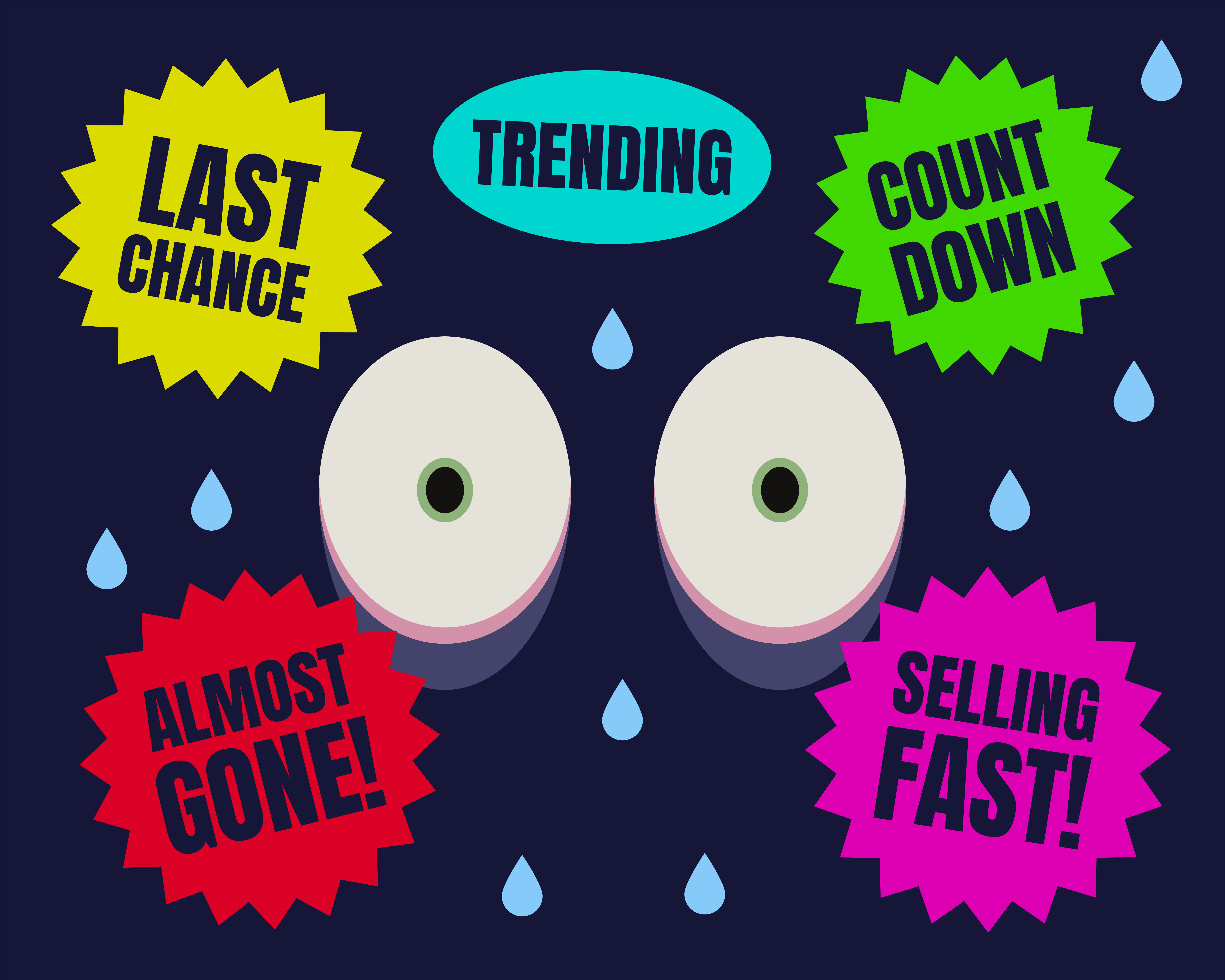As we enter a new decade, an ideal time to think, make ambitious resolutions and look forward to a new year, it’s perhaps worth pausing to reflect on the important subject of change, and why it matters for businesses and organisations. Also how we deal with it at a personal level.
A BLADE WITH TWO SHARP EDGES
Change has an awkward double edge. On the one hand, it represents excitement. A step into the unknown. Something fresh. It can also be a promise of better times, or of new opportunities.
On the other hand, for many, change can be scary. It’s a step into unknown. It’s both threatening and intimidating.
If you think about it, change per se is a neutral concept. It can be many things. It depends on the what, the how and the why of the change as to whether it is good or bad. And it also depends on the individual and on the circumstances.
TO CHANGE IS TO ADAPT
“Only dead fish swim with the current.” So the well-known saying goes.
The message for businesses is that it is essential to keep moving. A competitive world, and a changing media and marketing landscape, demand that in order to stay ahead, we must keep evolving and adapting.
Many people mistakenly summarise Darwin’s Origin of Species as ‘the survival of the fittest’; with reference to his core principle of natural selection.
The truth is, of course, that it’s only the species who successfully adapt as a result of natural selection, who survive, as opposed to the ‘fittest’.
The same holds true for business.
Thus, for anyone who has responsibility for the leadership or direction of a business, or any grouping of people focused on a common goal, it is evident that there always needs to be a focus on change.
Speaking from the experience of running a business for almost 25 years, this represents a significant challenge for those in leadership roles.
RECOGNISE AND ACCEPT
The first hurdle is that leaders need to accept and recognise the need for change. This itself can often be difficult. Leaders become seduced by the idea that everything is ticking along nicely. “If it ain’t broke don’t fix it” is a comforting mentality, and a logic which prevents change before it’s too late.
When we started The Union 24 years ago, we identified 23 key competitors in Scotland to our bankers at our start-up presentation. Today, only one of those agencies identified is still in business; the rest have disappeared.
A fairly stark example of the inevitability of change, and, I would argue, a classic example of a failure to adapt, evolve and respond to the rapid changes in the world of marketing services.
Apparently, the reason we fear change is buried deep in our evolutionary journey. We fear new things because of the uncertainty it brings. Neuroscience research tells us that uncertainty registers in our brain much like an error does. It makes us feel deeply uncomfortable.
We also fear change because we fear losing something we have. We value what we have more than what we might gain.
Suffice to say, leaders must overcome the fear, let go a bit, and embrace the danger that change promises. Without this first crucial step, no progress can be made. No adaptations made - the essence of survival.
BEWARE THE JOKERS
Once the first hurdle is jumped, the next step is fairly obviously to make a plan. But it needs to be the right plan. Over many years I have seen a stream of advisors and consultants suggest all sort of wacky changes, and many leaders are seduced by this.
But just as all ideas are not born equal, nor are all changes good changes. I’ve noted that when discussing change some people leave their common sense outside the room and a kind of creative red mist descends on everyone.
“Let’s all come into work wearing our underpants on the outside.”
Let’s not. The key to developing a plan for change is to apply old fashioned common sense, consult sensibly and make sure decisions are evidence-based. The same as we do for any business decisions. So beware the mavericks and disruptors who want change purely as an end in itself - and sometimes just for the hell of it. Or maybe just to make their mark, without being responsible for the mess that is created in the aftermath.
COMMUNICATE AND CAMPAIGN
The other thing about change, especially if you are serious about making big culture, process or organisational changes, is that it needs people to buy-in. And to get buy-in you need to communicate and sell-in the change.
Indeed, you need to go on a campaign trail within your business to ensure that the message resonates and is embedded throughout. Leave no room for misunderstanding. Explain the why, the what, and the how; and never stop communicating.
EMPOWER AND RECRUIT
Change also won’t happen if you try and make it happen alone. Or just with a handful of people; for example with your board or management team. It certainly won’t happen with a top-down approach. That might sound obvious - but you’d be amazed how often business managers over-estimate their ability to impose change from on high.
To effect real change you need acolytes. You need as many people in the business as possible involved and empowered. If people participate they feel ownership and they identify with the cause. A joint enterprise is always more satisfying than a solo effort. So facilitate teams and groups to work on different aspects of the change, with regular updates and a high degree of autonomy. Above all, you need to demonstrate trust in your team. You'll be amazed at the energy and momentum that it creates.
LEAD THE CHANGE
Whilst it's vital that you empower and energise, be aware that without your leadership fully embracing the change - and forcing the momentum - it won't happen. It will run out of gas, and flounder like so many projects in business. That's what leadership is about after all, creating the belief in the team that the mission is both worthy and holds promise. If you don't do this, your people will sniff it a mile off; and your project will die. You, and you alone, have the ultimate responsibility to see it through to the end.
RIDE THE WAVE
If you are a surfer, skier, skateboarder or cyclist you'll recognise the exhilaration of being in control, relying on instinct and balance, but also being just seconds away from a painful fall.
Effecting change is similar. It's exciting and rewarding - you have to let go. You have to trust both your instincts and your people. It will hold all the fears we hold around any change, especially because you are not 100% in control. But go with it, keep your balance, and enjoy the ride. And if you fall, get up, and try again.
A UNION JOURNEY
Winston Churchill was clearly a big fan of change. He said: “To improve is to change; to be perfect is to change often.”
I couldn't agree more. Many of my thoughts above come from a process of change we've been implementing here at The Union over the last 18 months. The process has been both hugely rewarding and exciting, and it has delivered a better, fitter, smarter and altogether nicer business. It has covered every aspect of our operation; how we deliver our services and how we can be better as a place to work. But the most revealing thing for me has been the journey that I have seen so many of our young people take, and their enthusiasm and energy to both make a meaningful difference and to make their mark. Indeed, it's a true privilege to work with such a lovely talented bunch.
So at a time when we flick over into the 2020s and we have a couple of weeks to relax and enjoy our friends and family; pause to think about change.
And what changes you might make in the year to come.
Merry Christmas and a Happy New Year.
Ian McAteer, Chairman, The Union Advertising Agency.




